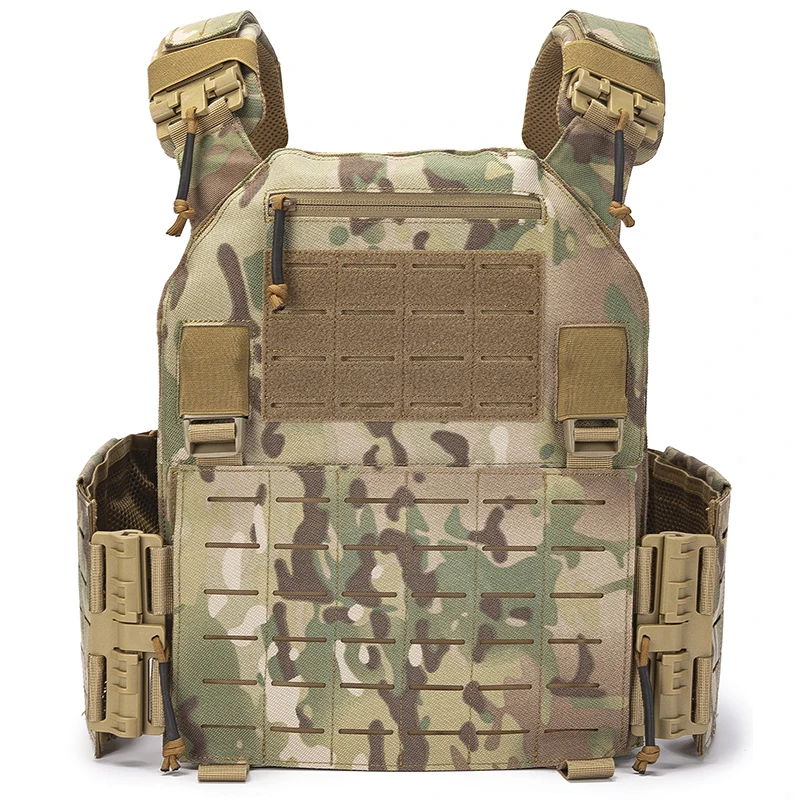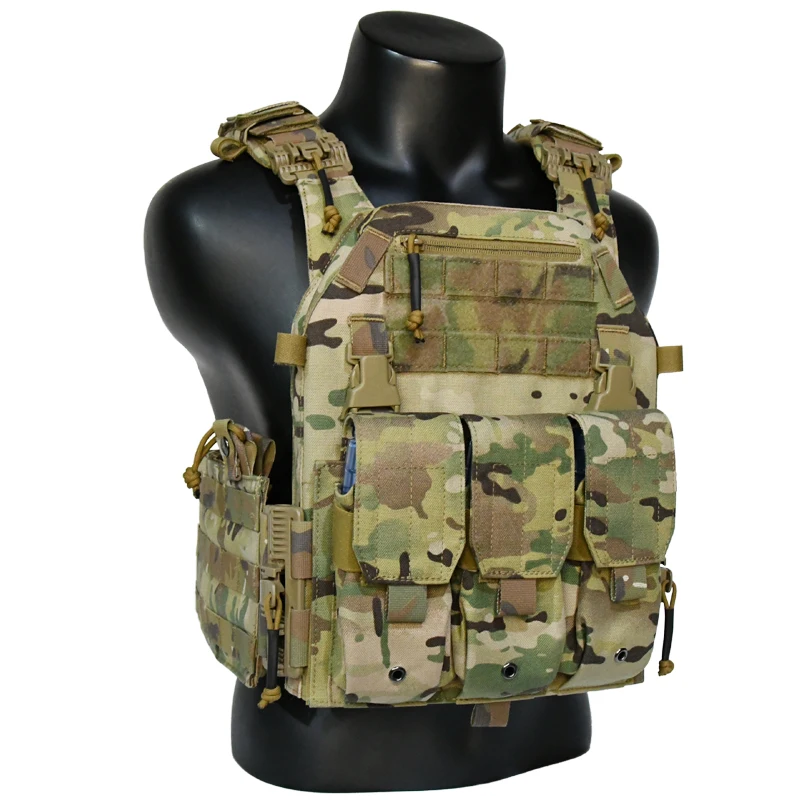Tactical Gear
PRODUCTS
Tactical Vest Maintenance and Cleaning Instructions
Inspecting Your Tactical Vest
Before you begin cleaning, thoroughly inspect your tactical vest for any damage. Check all seams, straps, buckles, and pouches for wear and tear. Look for fraying threads, broken stitching, loose buckles, or damaged zippers. Note any significant damage, as this may require professional repair. Pay close attention to the areas that experience the most friction or stress during use, such as shoulder straps and the back panel.
Examine the condition of any MOLLE webbing. This system of straps and loops is crucial for attaching additional pouches and equipment. Ensure the webbing is securely attached and shows no signs of weakening or damage. Replace any damaged webbing immediately to maintain the structural integrity of your vest.
Cleaning Your Tactical Vest
The cleaning method will depend on the material of your vest. Many tactical vests are made from durable nylon or polyester fabrics. For these materials, hand washing is generally recommended. Fill a basin with lukewarm water and a mild detergent designed for outdoor gear. Avoid harsh chemicals, bleach, or fabric softeners, as these can damage the material and weaken the stitching.
Submerge the vest in the soapy water and gently agitate it to loosen dirt and grime. Avoid scrubbing vigorously, as this can damage the fabric. Rinse thoroughly with clean water until all traces of soap are gone. Never put your tactical vest in a washing machine or dryer, as the high heat and agitation can damage the fabric and components.
For vests with specialized coatings or treatments, always refer to the manufacturer's specific cleaning instructions. Some vests may require specialized cleaning solutions or techniques to maintain their water resistance or other features.
Drying Your Tactical Vest
After washing, carefully remove excess water from the vest by gently squeezing it. Do not wring or twist the vest, as this can damage the fabric or stitching. Lay the vest flat on a clean, dry surface or hang it on a well-ventilated area, away from direct sunlight or heat. Allow it to air dry completely. Avoid using a dryer, as the high heat can damage the vest.
If the vest is particularly dirty or heavily soiled, you may need to repeat the washing process. For stubborn stains, you can pre-treat them with a specialized stain remover before washing, but always test the remover on an inconspicuous area first to ensure it doesn't damage the fabric.
Maintaining Your Tactical Vest
Regular maintenance is key to extending the lifespan of your tactical vest. After each use, inspect the vest for any dirt, debris, or damage. Wipe down any mud or grime with a damp cloth. Regularly check all buckles, straps, and zippers to ensure they are functioning properly. Lubricate any metal components with a silicone-based lubricant to prevent rust and corrosion.
Store your tactical vest in a cool, dry place away from direct sunlight and moisture. Avoid storing it in damp or humid environments, as this can promote mold and mildew growth. Proper storage helps prevent premature wear and tear and keeps your vest ready for use when needed.
Following these maintenance and cleaning instructions will ensure your tactical vest remains in optimal condition, providing reliable protection and support for years to come. Remember that regular inspection and prompt attention to any damage will prevent minor issues from becoming major problems.
SUBSCRIBE
INQUIRY










